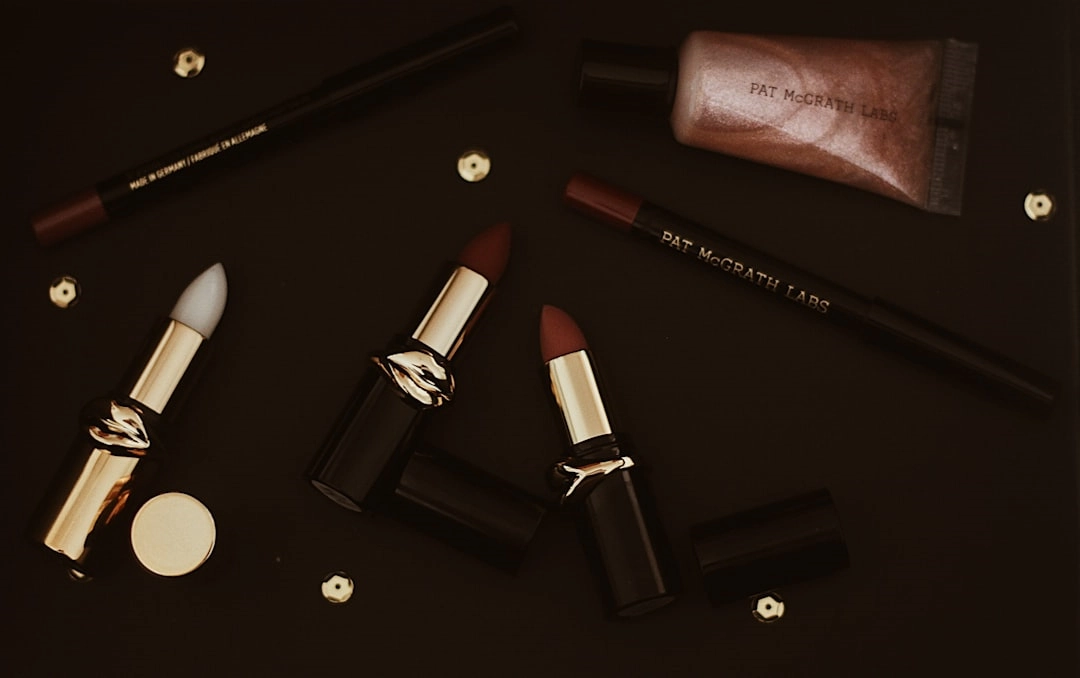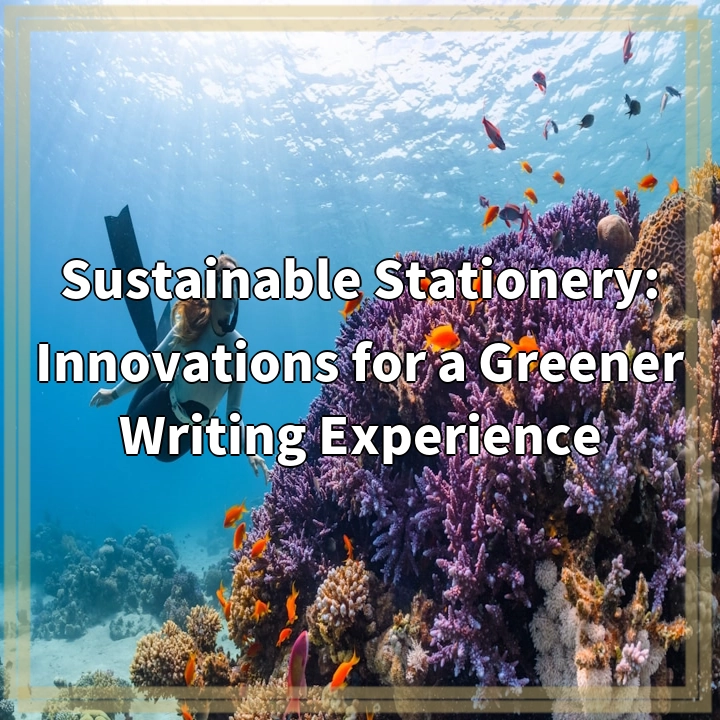
What it is:
Zero-waste beauty products are a sustainable alternative to traditional beauty products that are designed to minimize waste throughout their lifecycle. These products aim to reduce or eliminate packaging, utilize biodegradable or compostable materials, and prioritize natural and eco-friendly ingredients. By embracing zero-waste beauty, individuals can make conscious choices to reduce their environmental impact and promote a more sustainable beauty industry.
Real-World Problems Associated with Zero-Waste Beauty Products:
1. Limited Availability and Accessibility:
One of the challenges with zero-waste beauty products is their limited availability and accessibility. While awareness and demand for sustainable beauty alternatives are growing, many regions still have limited access to these products. It can be challenging for individuals to find zero-waste beauty products in physical stores, which may discourage people from adopting sustainable beauty practices. Additionally, online shopping for zero-waste beauty products may come with additional packaging and shipping impacts that offset the sustainability benefits.
2. Higher Cost:
Zero-waste beauty products often come with a higher price tag compared to conventional products. The use of eco-friendly packaging materials and sustainable production processes can increase manufacturing costs, resulting in higher retail prices. This pricing barrier can make it difficult for some individuals to transition to zero-waste beauty, especially for those on a tight budget.
3. Limited Product Range and Innovation:
Compared to conventional beauty products, the range of zero-waste options is still limited. This constraint makes it challenging for individuals to find suitable zero-waste alternatives for their unique beauty needs. Moreover, the limited range can also hinder the development of innovative zero-waste formulations and products. The beauty industry still has opportunities to push boundaries, invest in research and development, and expand the range of sustainable options.
4. Lack of Standardized Regulations:
The absence of standardized regulations specific to zero-waste beauty products poses a challenge. While there are certifications and labels for organic and natural ingredients, there are no widely recognized standards or certifications for zero-waste beauty products. This lack of regulation can make it difficult for consumers to identify and trust genuine zero-waste products. It also creates an opportunity for greenwashing, where companies may claim to be zero-waste without adequate transparency or proof of their sustainability practices.

Solutions to the Real-World Problems of Zero-Waste Beauty Products:
1. Increasing Availability and Accessibility:
To address the limited availability and accessibility of zero-waste beauty products, efforts should be made to expand distribution channels. Collaboration between sustainable beauty brands and retailers can help increase the presence of zero-waste products in physical stores. Additionally, online marketplaces can prioritize eco-friendly shipping practices and packaging to reduce the environmental impact of online shopping.
2. Affordability and Price Considerations:
To make zero-waste beauty more accessible to a wider audience, it is important to work towards reducing the cost of sustainable packaging materials and production processes. This can be achieved by investing in research and development, scaling up production, and fostering competition among sustainable beauty brands. Furthermore, educational campaigns can help consumers understand the long-term cost benefits and environmental impact of investing in zero-waste beauty products.
3. Encouraging Innovation and Product Diversification:
The beauty industry, including both brands and consumers, can support the growth and innovation of zero-waste beauty by demanding more diverse and effective sustainable products. Brands can invest in research to develop new, zero-waste formulations, and consumers can provide feedback and support to encourage this innovation. Collaboration between sustainable beauty brands and influencers can also help create awareness and drive demand for innovative zero-waste options.
4. Implementing Standardized Regulations:
Establishing standardized regulations and certifications specific to zero-waste beauty products is essential to ensure transparency and trust. This can be achieved through industry collaboration, where stakeholders work together to develop and adopt recognized certifications for zero-waste beauty. Governments and regulatory bodies can also play a role in setting guidelines and standards to ensure authenticity and prevent greenwashing.















